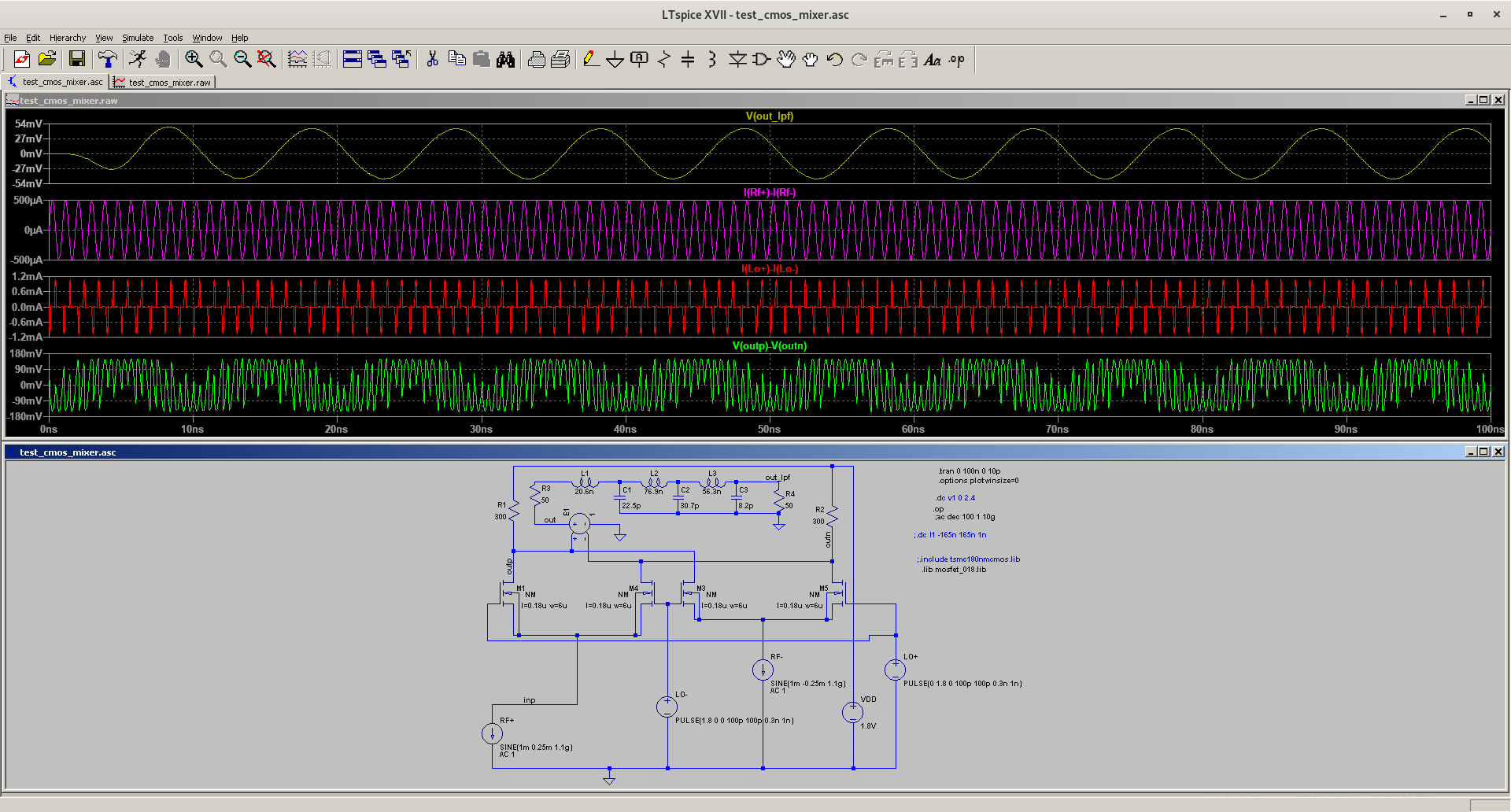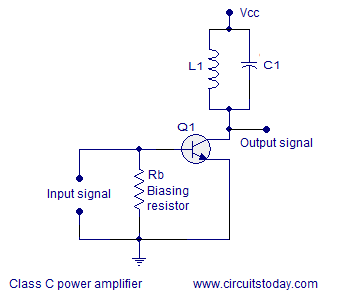promach
Advanced Member level 4
In this paper 15.1 mW 60 GHz up-conversion mixer with 4.5 dB gain and 57.5 dB LO-RF isolation , I have three questions :
1) Have anyone designed a balun in spice software ? Is it doable ?
2) How to implement TL1 and TL2 (inductor implemented using transmission line) in spice software ?
3) How to derive the conversion gain expressions ((1) and (2)) for the up-conversion mixer circuit with and without negative resistance compensation in the paper ?

1) Have anyone designed a balun in spice software ? Is it doable ?
2) How to implement TL1 and TL2 (inductor implemented using transmission line) in spice software ?
3) How to derive the conversion gain expressions ((1) and (2)) for the up-conversion mixer circuit with and without negative resistance compensation in the paper ?






